 (modifié de Coste, Flore de la France 1937) :
(modifié de Coste, Flore de la France 1937) :
Arbre élevé, à écorce toujours unie, l'épiderme se détachant par plaques
Écologie : (répartition d'après la flore) Beaucoup plus rare que P. hispanica. Plutôt les arboretums.
Répartition hors de France : Europe orientale;
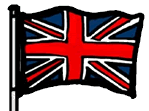 (modified from translated Coste):
(modified from translated Coste):
NOTE: the French text is more complete and up-to-date
Tall tree, with a smooth bark with the epidermis flaking in plaques
Ecology UK: Not native to the UK, found occasionally in arboretums (c.f; Platanus xhispanica, found commonly in parks)
Distribution outside France: Native to eastern Europe
Fleurs : monoïques, en chatons unisexués, globuleux, subsessiles, espacés sur de longs pédoncules pendants, inflorescences groupées en moyenne par 4 ; les mâles et les femelles sur des axes différents; périanthe remplacé par des écailles linéaires-spatulées ; étamines en nombre indéfini ; style simple, en alène, stigmatifère au sommet ; ovaire libre;
Floraison France : Fl. avril-mai, fr. automne
Flowers: monoeceous, with unisex catkins, rounded, subsessile, spaced along long hanging stalks; inflorescences on average in groups of 4; the males and the females on different axes; perianth replaced by linear-spatulate scales. stamens variable in number; single style in a spike, stigma at the summit; free ovary.
Flowering UK: April-May, fruit in autumn
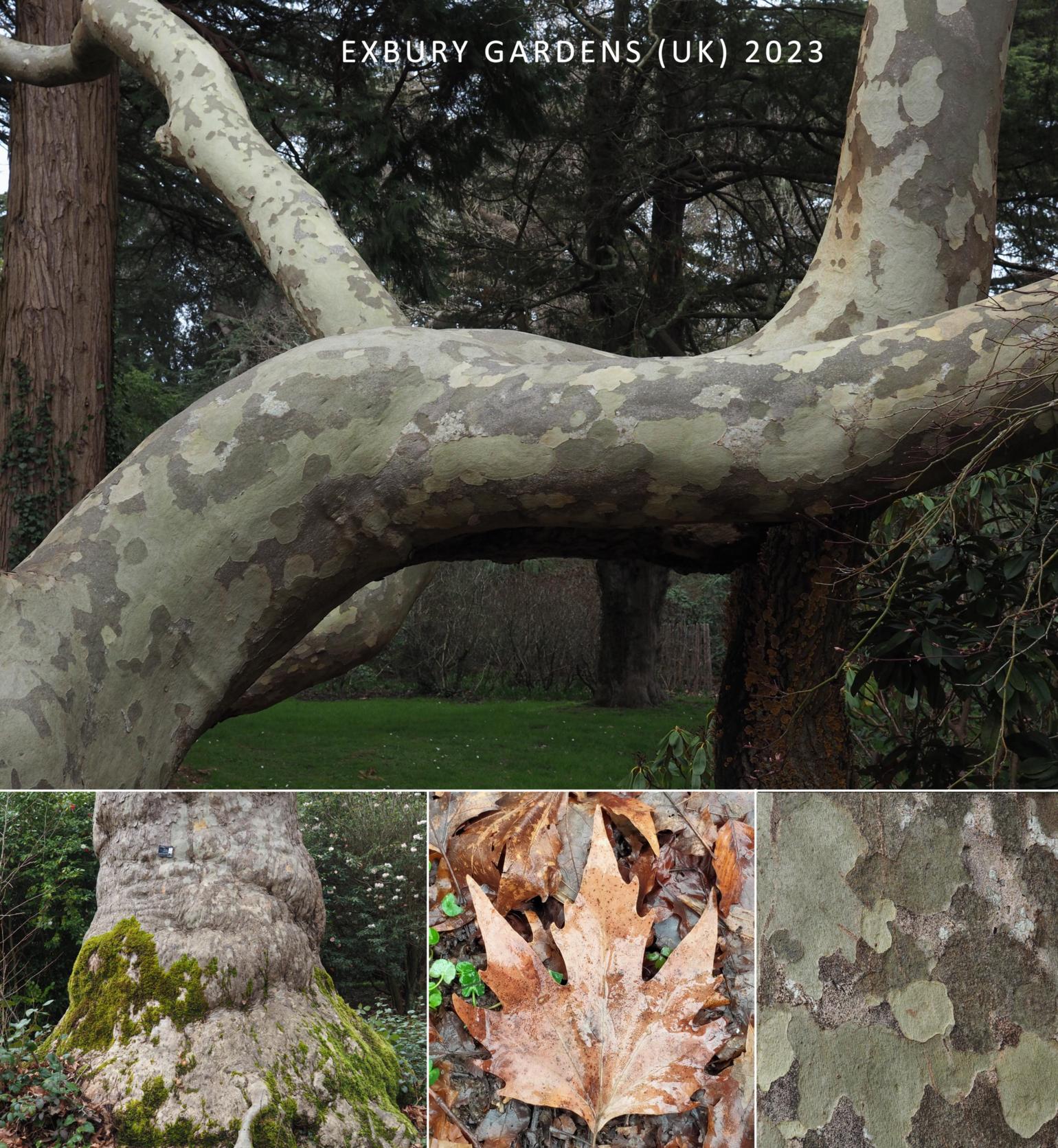
 Plane tree, Oriental
Plane tree, Oriental
 Platane d'Orient
Platane d'Orient
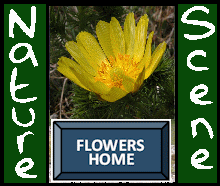


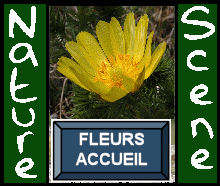
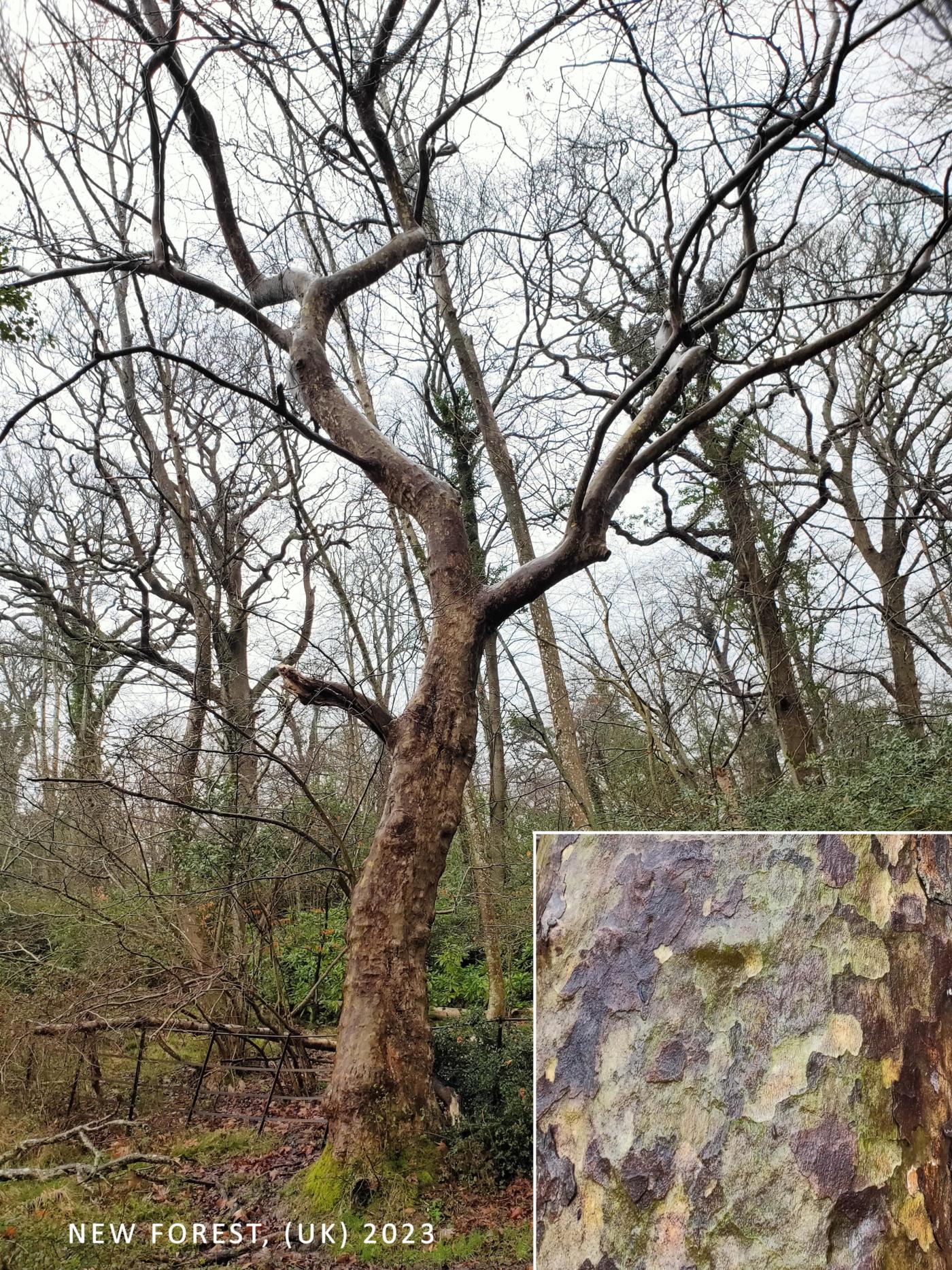
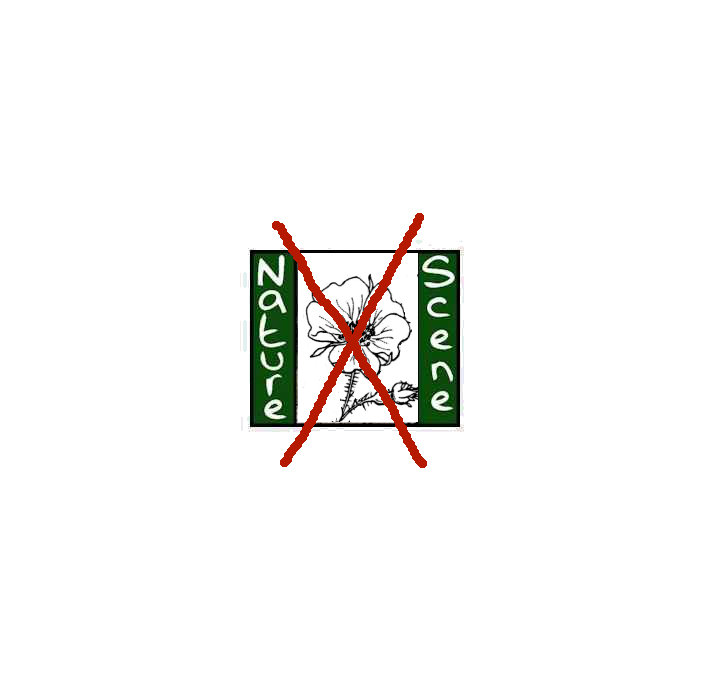
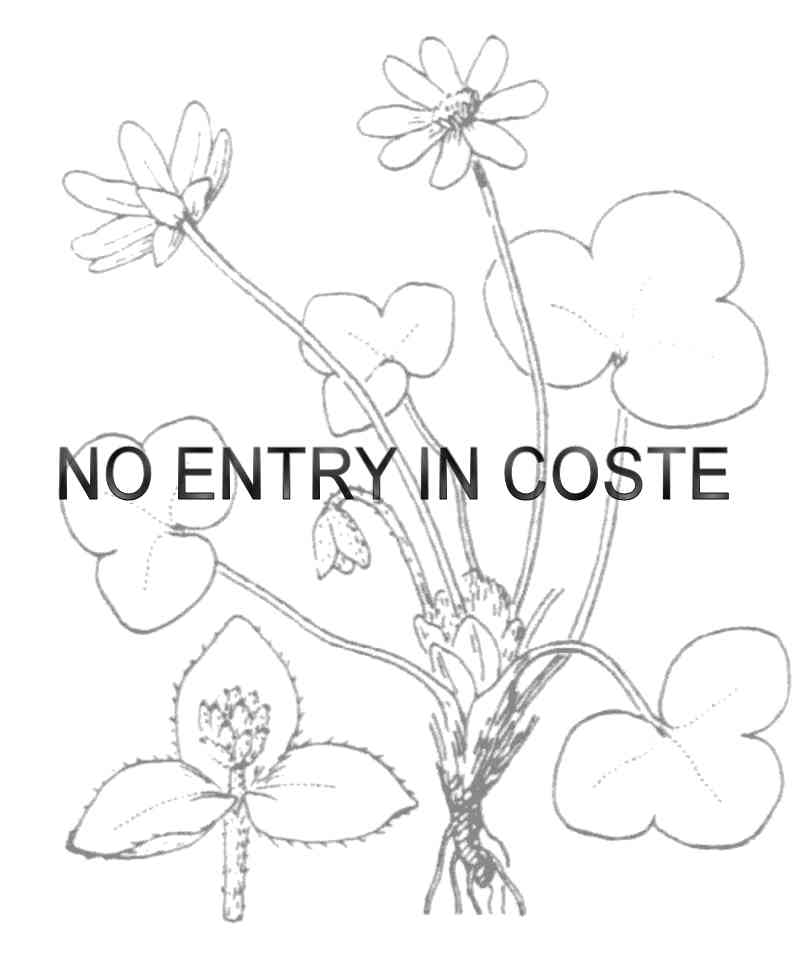
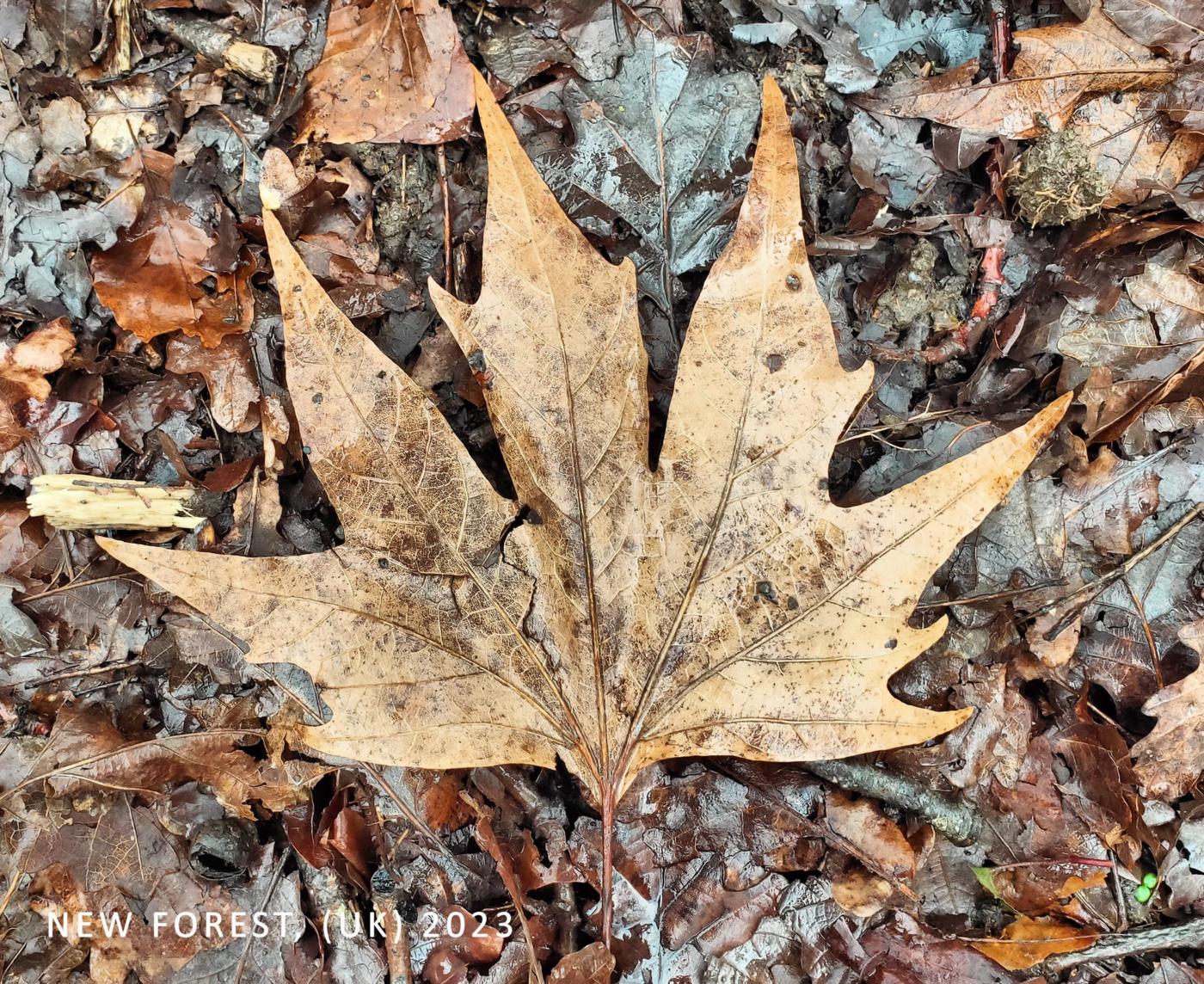
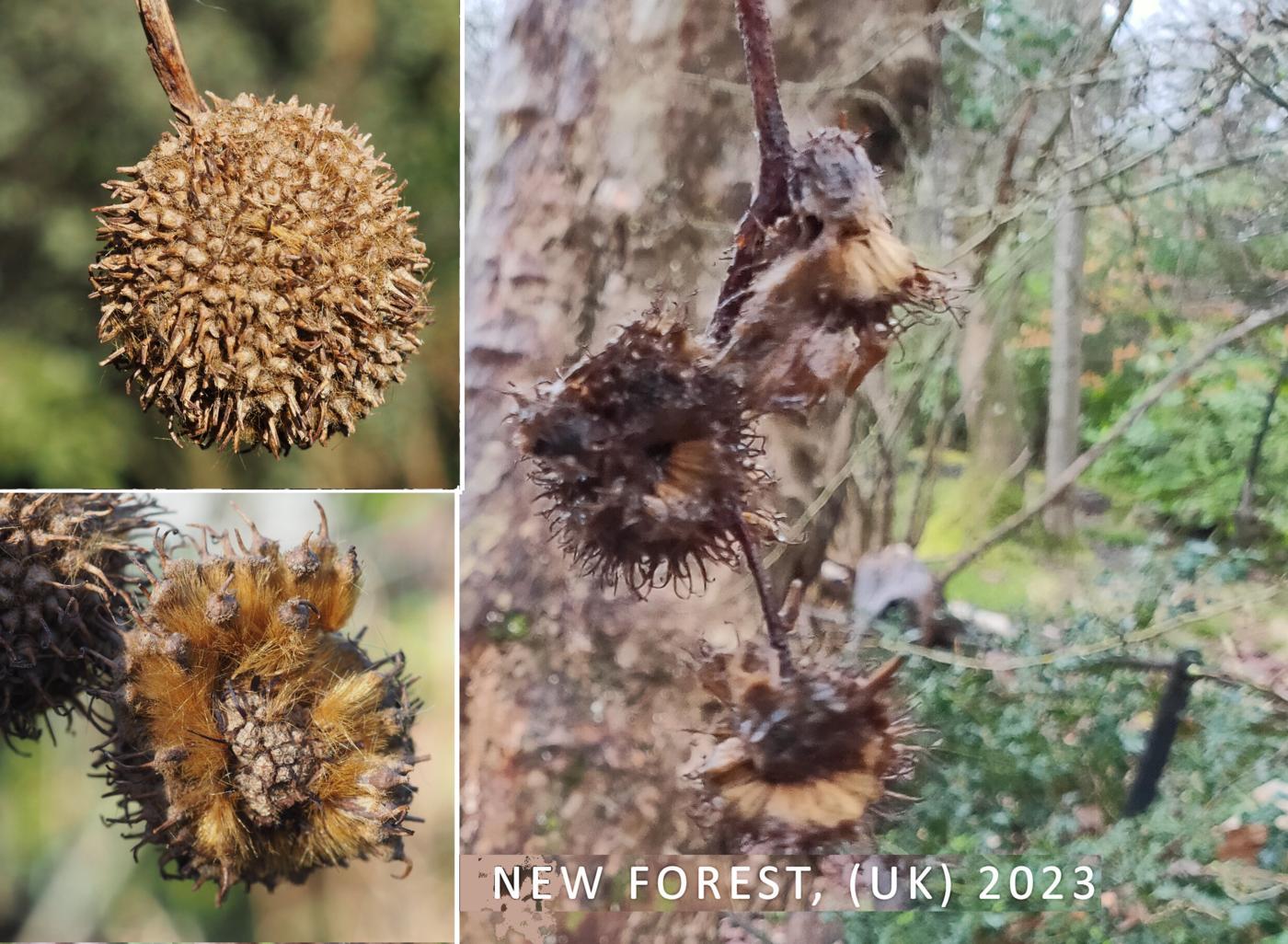
 Please
consider
Please
consider 











